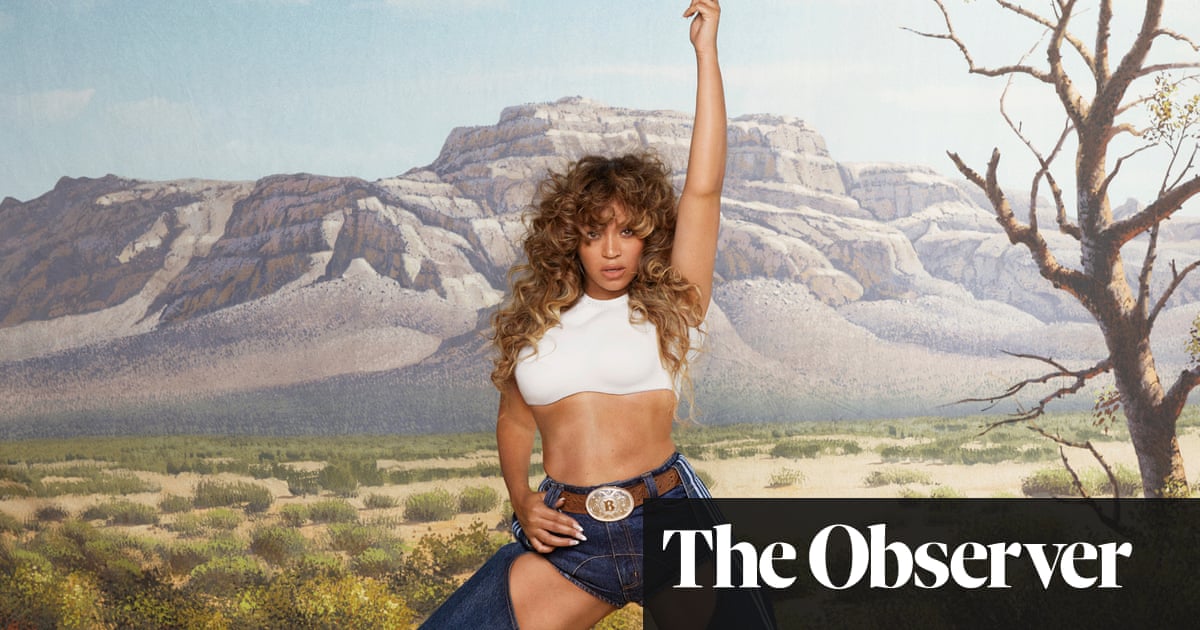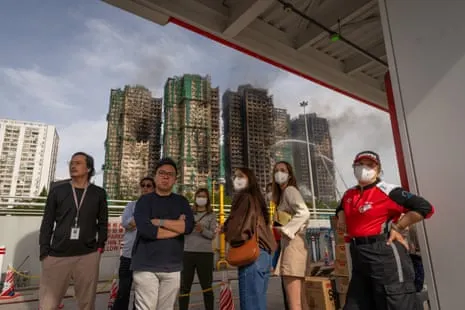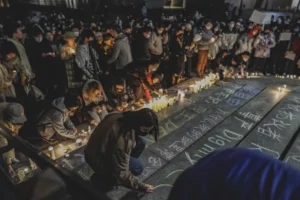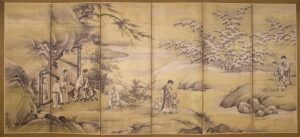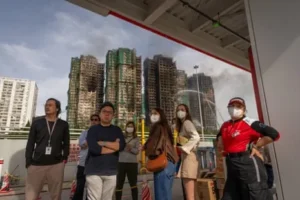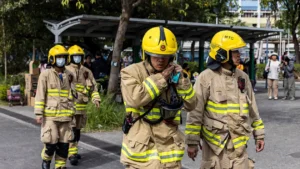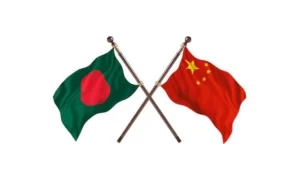Hello chaps! Beyoncé leads fashion posse back to the wild west
Show caption Beyoncé in denim chaps as part the the latest Adidas x Ivy Park collection inspired by the influence of black cowboys and cowgirls. Photograph: Adidas x Ivy Park Fashion Hello chaps! Beyoncé leads fashion posse back to the wild west With Idris Elba’s new film about a black outlaw set for release, cowboy hats, fringing and boots are in style Priya Elan Sun 15 Aug 2021 06.30 BST Share on Facebook
Share on Twitter
Share via Email
Two years ago, wild-west style – dubbed the yee-haw agenda – exploded into the world like a glitter bomb. Led by the pop culture juggernaut that was Lil Nas X’s Old Town Road, the new trend was black, queer and subversive.
There was an authentic history to the black cowboy since one in eight cowboys were African American in the wild west, a fact lost to the segregated history books. In 2019, America was in the grip of Trump’s administration, deeply split into red and blue states, and yee-haw was a provocative bit of historical correction.
Now, one pandemic later, yee-haw is back. It’s bigger, weirder and with a deeper cultural footprint than before.
“While the western trend of circa 2019 was all about softly Little House on the Prairie vibes, the 2021 aesthetic champions the bold and the brash,” says Aoife Byrne, analyst from retail intelligence company Edited.
She believes lockdown has emphasised the mood of this new era of yee-haw. “Following a year of austerity, the thirst for playfulness and the great outdoors have played a pivotal role in the trend’s revitalisation.”
To wit: on 19 August, Beyoncé releases her fourth Ivy Park collaboration with Adidas. Entitled Rodeo, it includes denim chap trousers, fringed face coverings and a slashed skirt with a purple cow print design.
Elsewhere, the uniform of the American west continues to be a potent and ageless sartorial symbol of being an outlaw and going against the grain. Recently, we’ve had the lead character of the Gossip Girl reboot, Julien Calloway, pairing white cowboy boots with a shaved head, posing provocatively on the steps of her fictional high school, and the world’s biggest boyband, BTS dressed in chaps and bolo ties for the Permission to Dance music video. Meanwhile, global searches for cowboy boots have increased by 54% in the last two years, according to Digitaloft.
I saw denim chaps in the trailer, with Adidas stripes, which is something completely new.
Bri Malandro, who first coined the phrase yee-haw agenda, and runs an Instagram feed that archives African American cowboy history, says this new wave of yee-haw is trying new things.
“People are becoming more and more creative. Companies like Neon Cowboys [the company behind Dua Lipa’s LED stetson in her Love Again video] are consistently rolling out new futuristic cowboy-themed products, which is a delight to see.” Malandro says she sees fresh, athleisure twists in Beyoncé’s Rodeo collection. “I saw denim chaps in the trailer, with Adidas stripes, which is something completely new. Bullriding is a sport, after all so it’s nice to see those worlds collide.”
Beyoncé’s inspiration may have come from her Houston-based childhood steeped in rodeo culture, but there is a political side to yee-haw too. Speaking to Harper’s Bazaar about the collection, the singer underlined why it was still important to tell the story of the “overlooked” black cowboy. “Many of them were originally called cowhands, who experienced great discrimination and were often forced to work with the worst, more temperamental horses,” she said.
Regina King in Netflix film The Harder They Fall, celebrating the true-life story of black outlaw cowboy, Nat Love Photograph: David Lee/NETFLIX © 2021
Malandro points to yee-haw’s continued appeal, especially to the socially conscious generation Z. “The aesthetic itself is attractive but the fact there’s so much history behind it is what will keep it alive,” she says.
For her, Netflix’s forthcoming western The Harder They Fall, starring Idris Elba and Regina King, which tells the true story of black outlaw cowboy, Nat Love, is an important moment. “No matter how much we discuss these things in print, it has a different impact when it’s presented in film,” she says.
“It just puts all that history on the main stage and makes it almost impossible to be unaware.”
Antoinette Messam, the costume designer for the film, says she found it stimulating to create a costume for a period of time that was not well documented. “There is so little known about the black cowboys from that era,” she says. “I found that and the thought of bringing them to life through costume exciting.”
She says: “Jeymes Samuel [the director] wanted to show black people in the parts that he loved as a child, watching westerns. To see us in a genre that we are not normally depicted in when we think of westerns; cowboys, gunslingers and owners of property. It is important to know that they existed and that they contributed. They were a part of the building of the old American west. We were more than slaves at that time, black cowboys rode beside white, Native (American) and Spanish-speaking people.”
